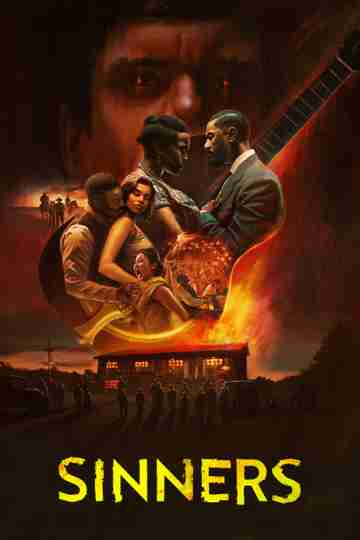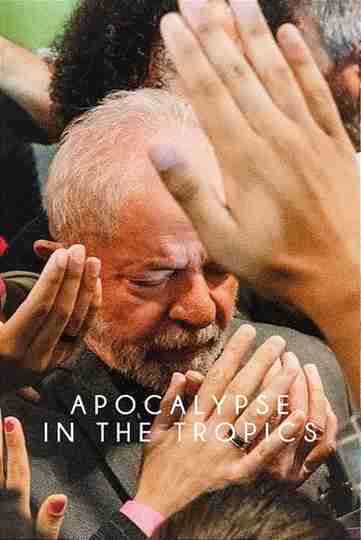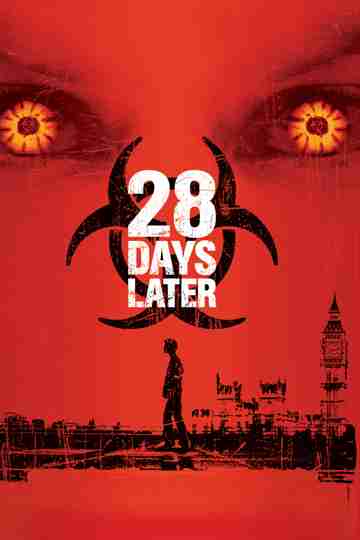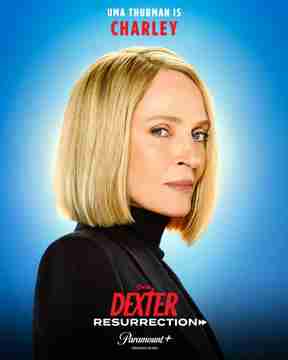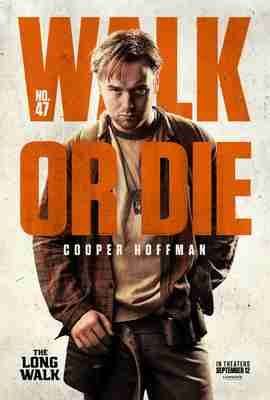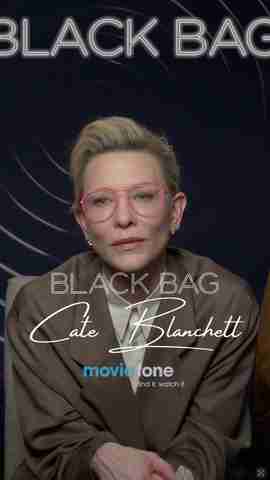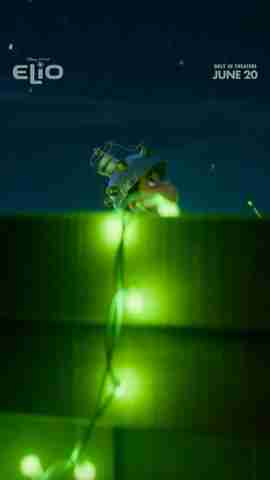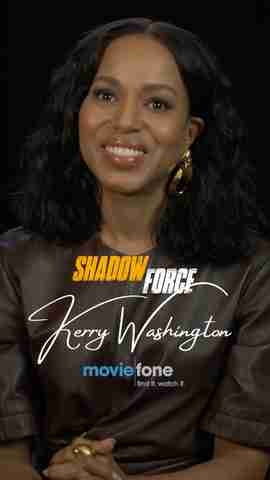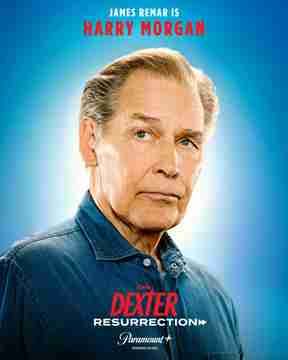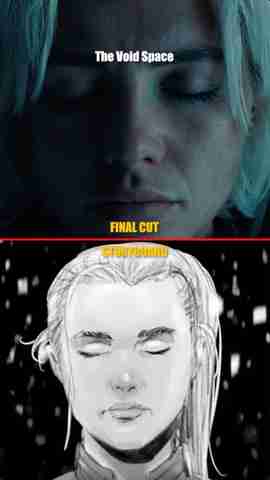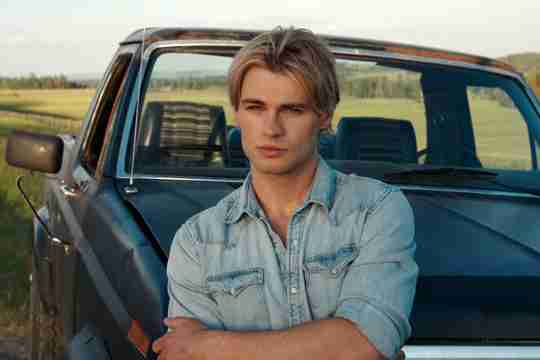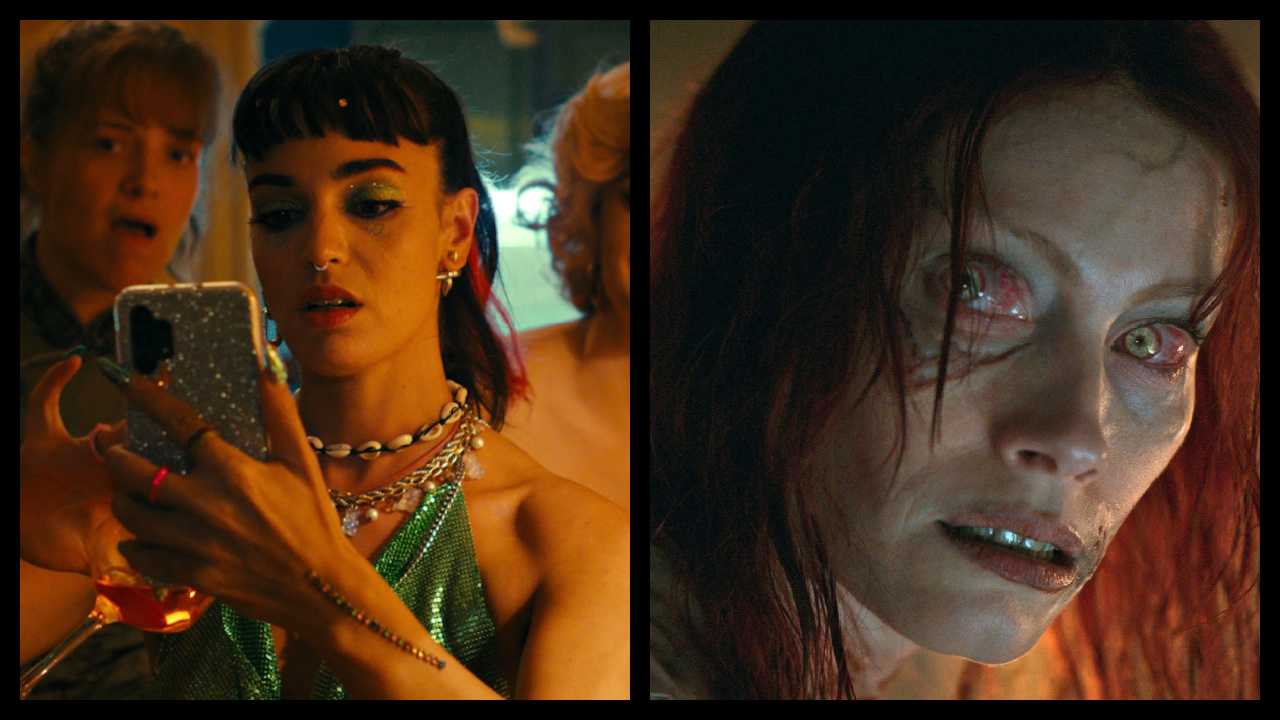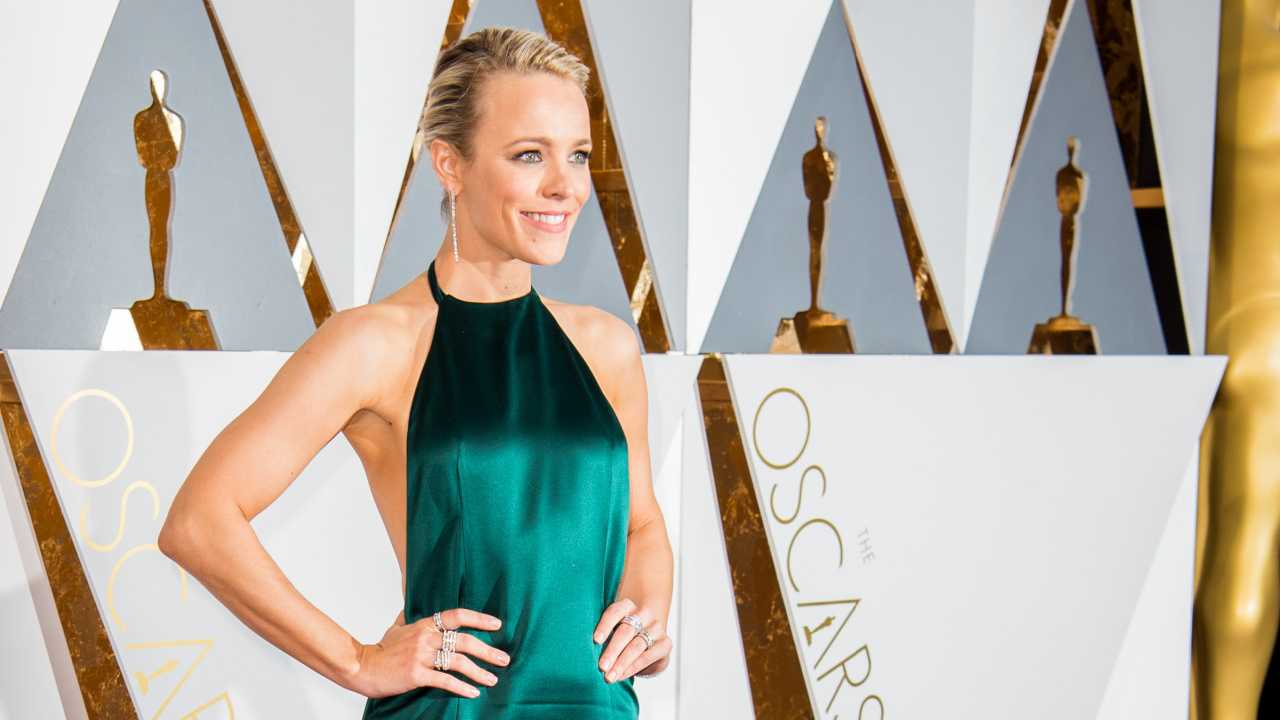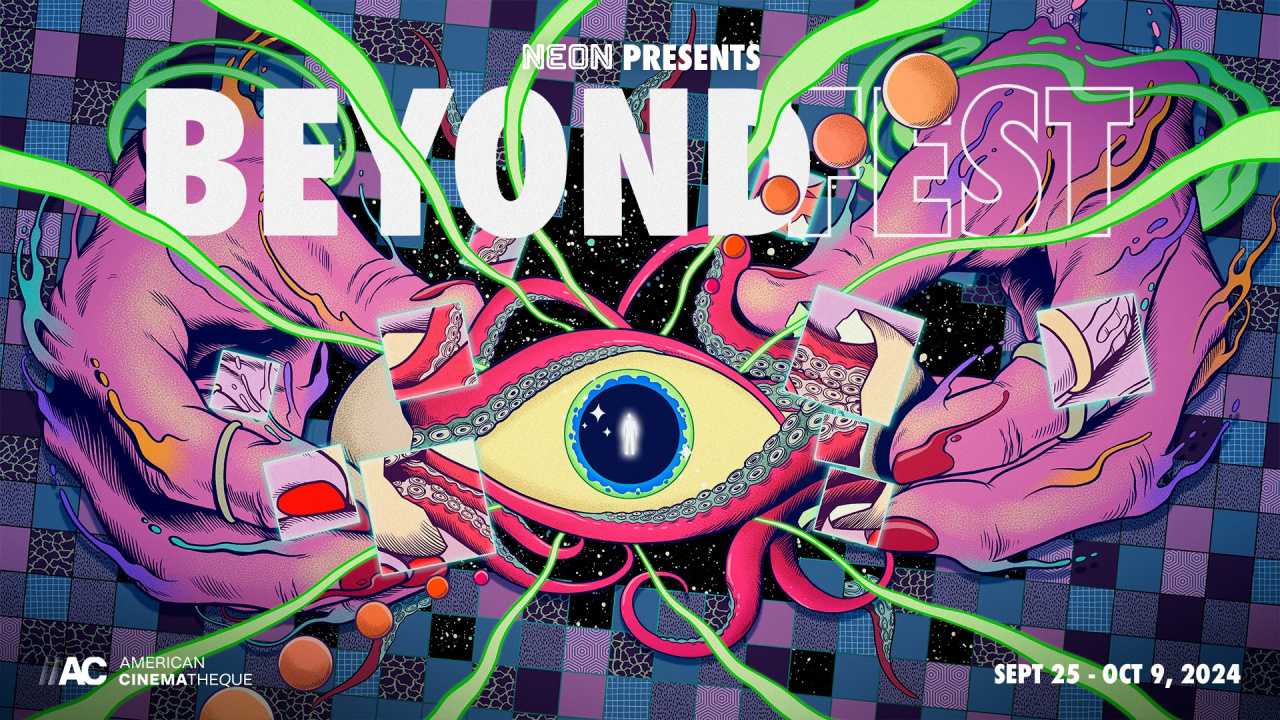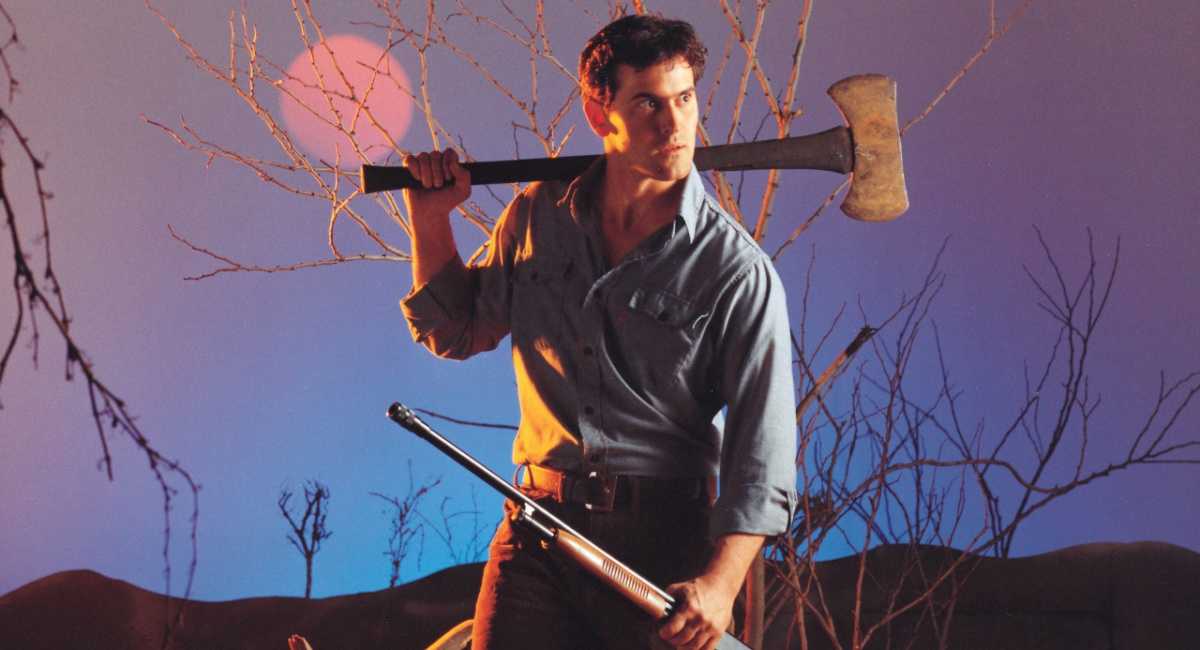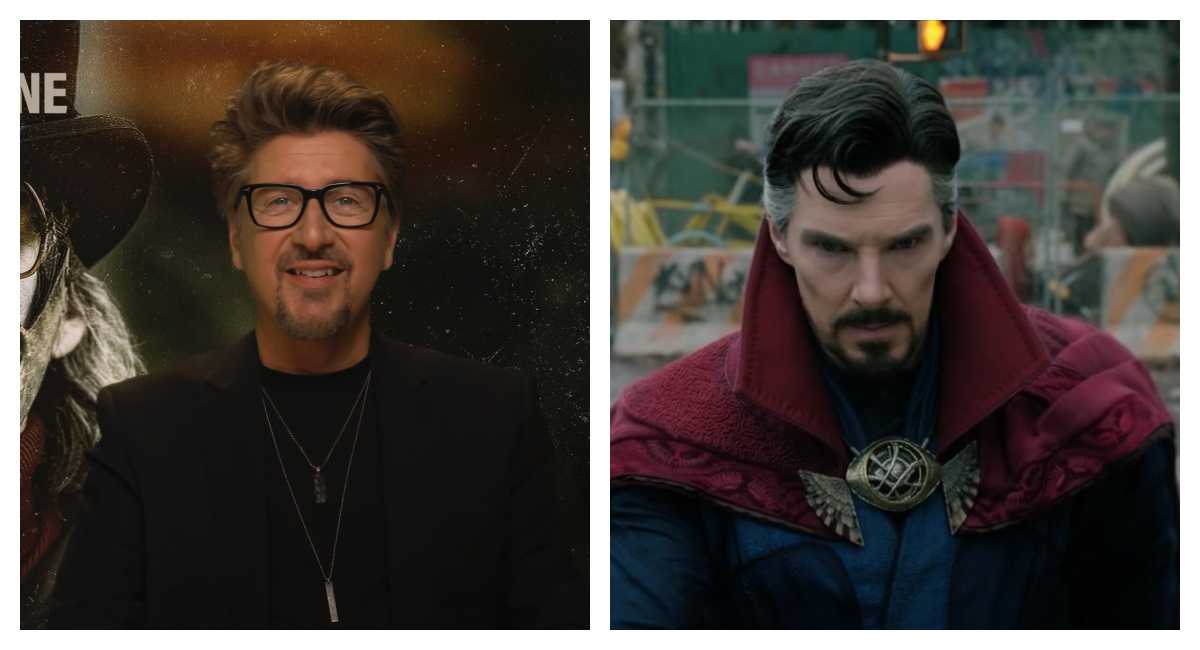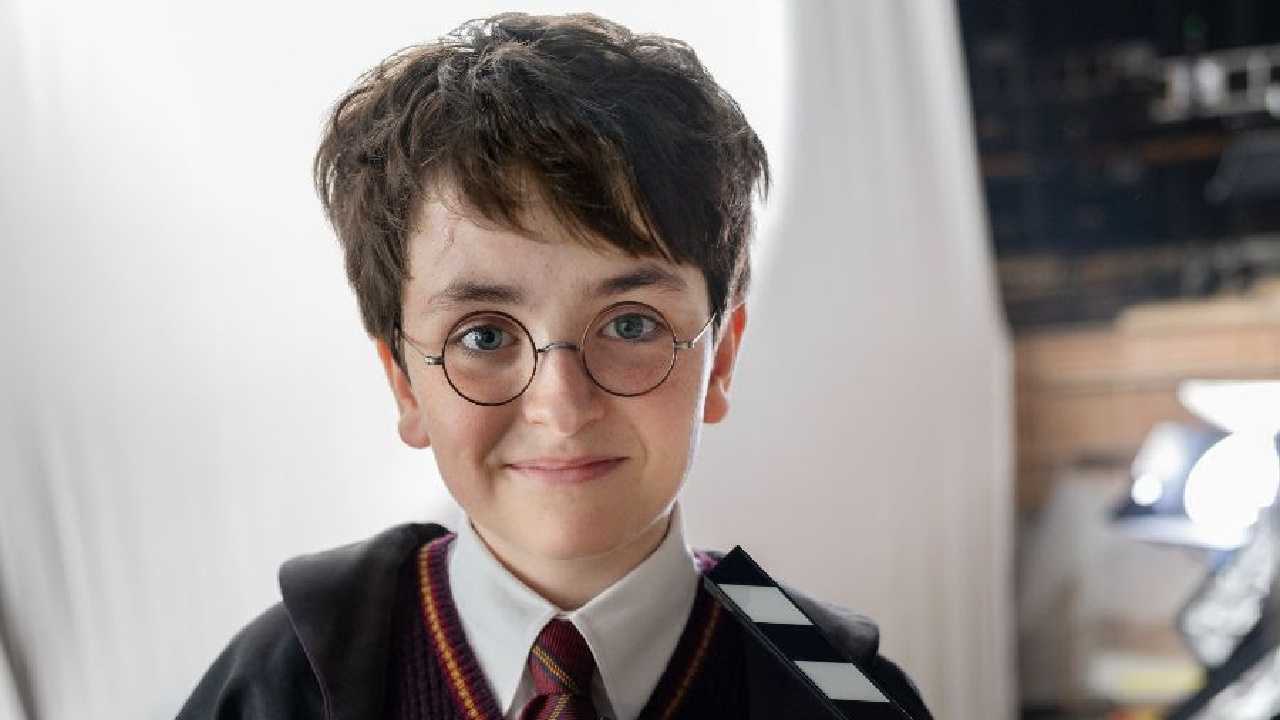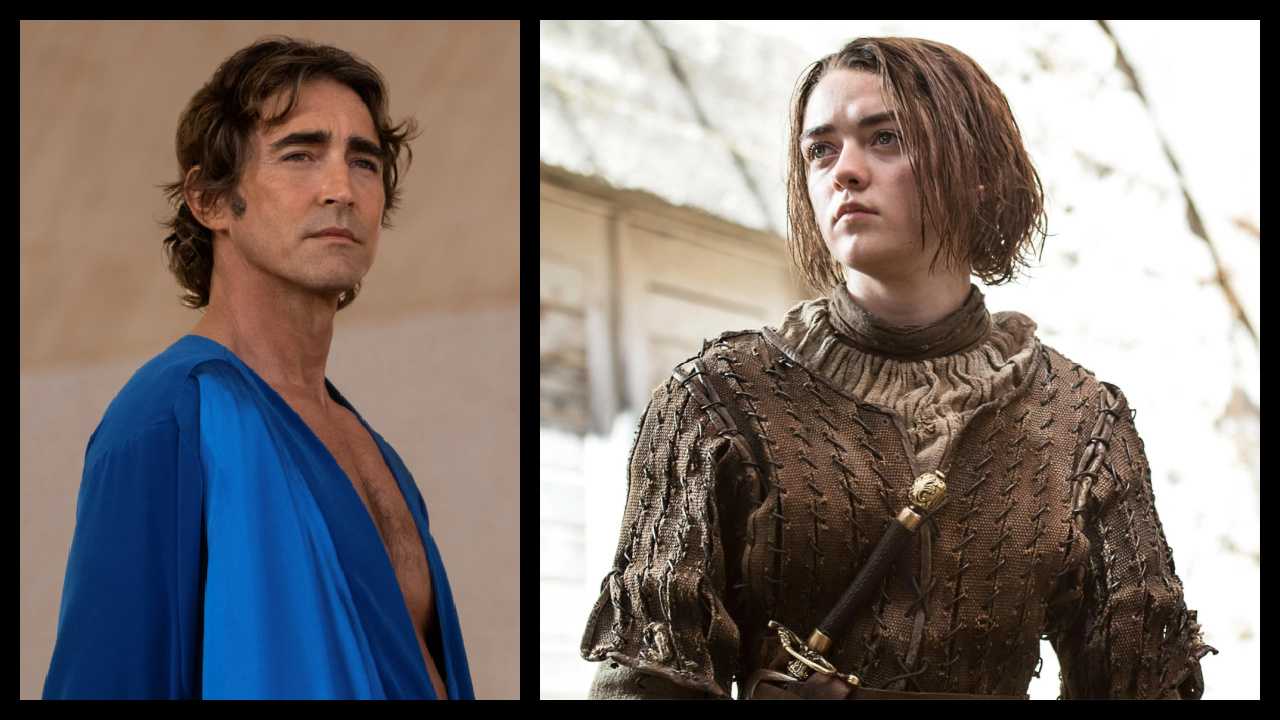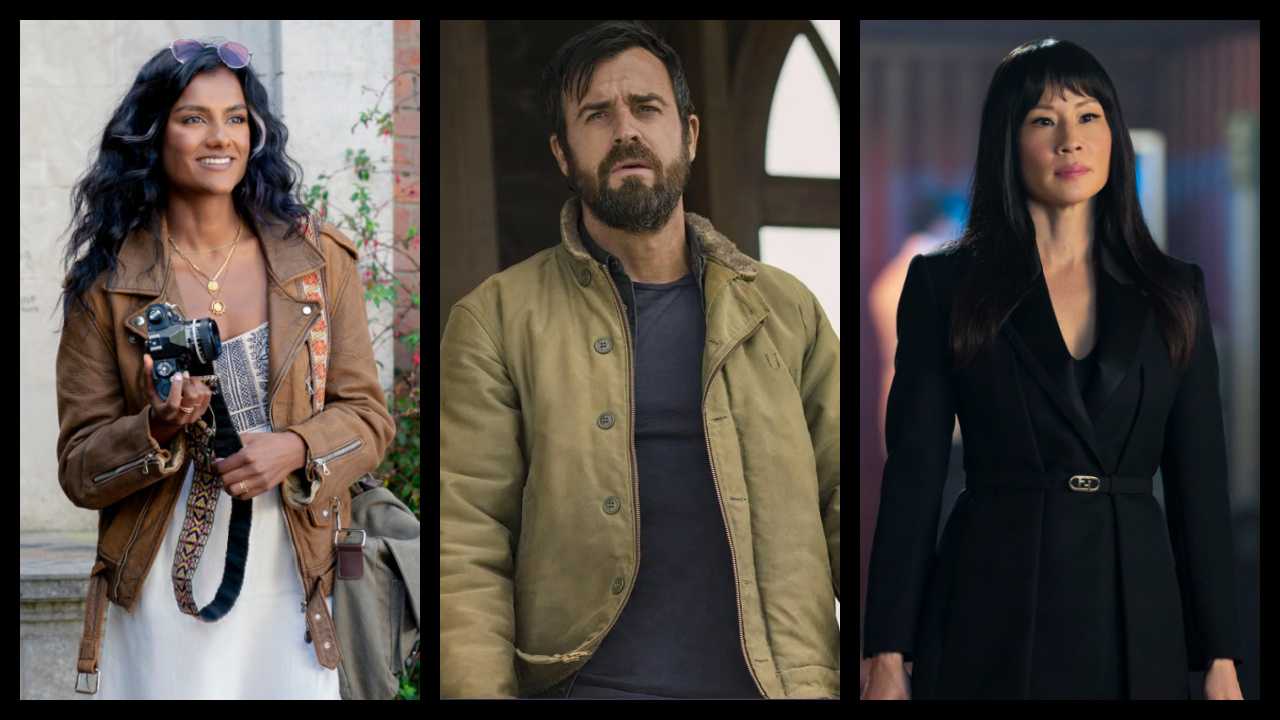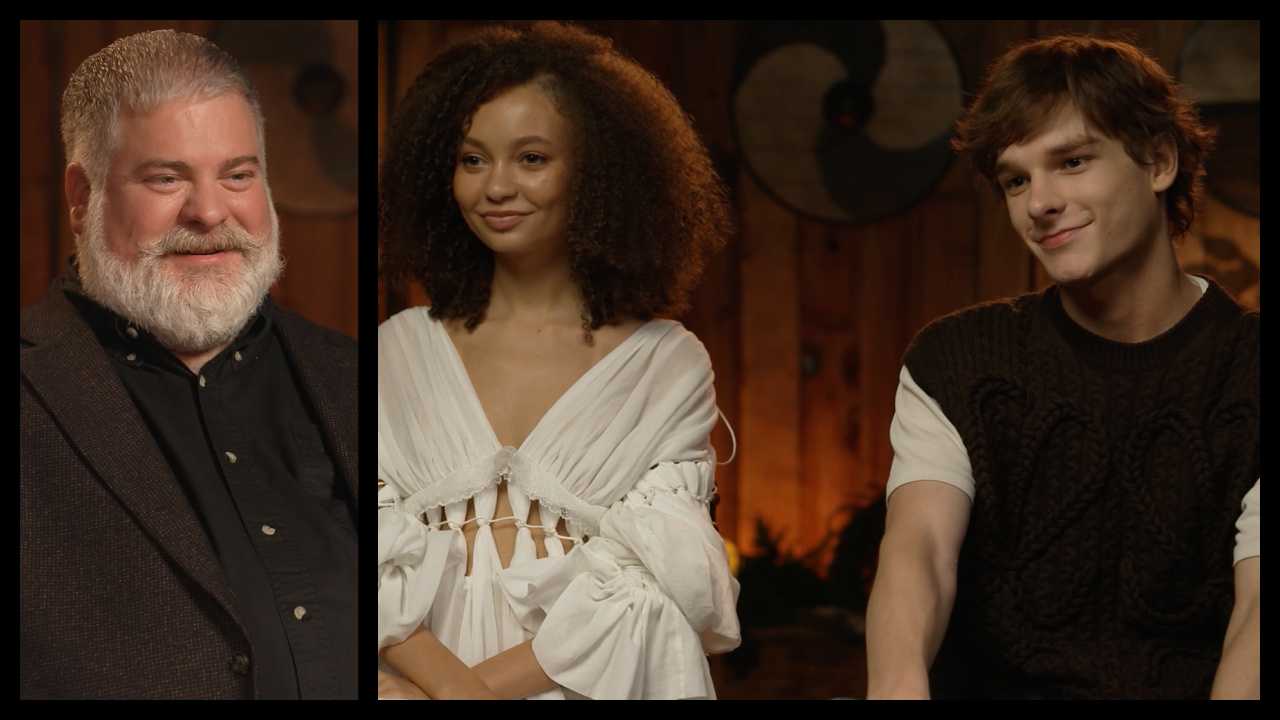Top Rated Movies That Made Directors' Careers
Fruitvale Station - 2013
(Rex Features via AP Images)" data-credit="AP" data-credit-link-back="undefined" src="http://o.aolcdn.com/dims-shared/dims3/GLOB/crop/2489x1320+0+40/resize/660x350!/format/jpg/quality/85/http://o.aolcdn.com/hss/storage/midas/95fdd8ac3a33a683f913395a7164d49b/204076088/fruitvale-station.jpg" data-mep="1273741" />It takes everybody time to find their own personal style. Every GQ model did some "experimenting" -- whether they had frosted highlights or wore ultra-baggy jeans -- before they became fashion icons.
And so it goes with movie directors. Some movies were growing pains for budding directors, and some were explorations of style. These are the "aha!" explosions that made everyone stand up and take notice.
The Post-New Wave
Movies have always had them, but directors weren't always the figureheads they are now -- it wasn't until the French New Wave of the 1960s that movie geeks started to subscribe to the idea that a movie expressed the personal vision of its director. That theory came courtesy of director François Truffaut, who said, "There are no good and bad movies. Only good and bad directors."
By the time the '70s hit the States, it wasn't just the 'zines that paid attention to directors -- even the casual moviegoer was in on the game. Low-budget, troubled productions like "Jaws" and "Star Wars" put Steven Spielberg and George Lucas on the map, but it wasn't until his third swing at a feature that Martin Scorsese found his signature love of New York and Italian crime families in "Mean Streets."
For some movie-makers, it wasn't critical praise that hit home, it was approval from the smaller drive-in crowd. The frenetic camera work of ultra-cheap "The Evil Dead" introduced the world to director Sam Raimi, who went on to helm "Spider-Man," while the dumpster fire of "Piranha 2" gave fledgling director James Cameron another fiery idea. The image of a robotic skeleton rising from a pit of flames came to him during a stress-induced fever dream -- so he took the effects skills and budget management he'd learned and put them into "The Terminator."
The '90s Indie Crew
Today, you can make a movie on your smartphone, but in the '90s (when people first starting taking breaks from their cassette collections and Segas to watch indie films), you had to max out your credit cards and develop a taste for ramen to kick-start a directing career. That's exactly what Kevin Smith did when he sold his comic book collection to make "Clerks," and what Robert Rodriguez did when he called in every favor under the sun to raise the $7,000 budget of "El Mariachi." In '98, Darren Aronofsky helped wrap up the decade with Sundance darling "Pi," a trippy $60,000 thriller about math that opened the door to studio contracts and a warm seat at the Oscars with movies like "Requiem for a Dream" and "The Wrestler."
The New New Wave
One year, a director puts out a meditative, racially charged indie drama. Two years after that, he's got enough clout to pull Sylvester Stallone out of Rocky retirement for "Creed." And after that, Marvel Studios taps him for a surefire mega-hit, "Black Panther." Such is the story of "Fruitvale Station," the movie that made Ryan Coogler's career.
And he's not the only one leading a savvy new charge of camera slingers. Remember the guy who made a feature on his iPhone? Yeah, that's Orange Is the New Black" scribe Sian Heder just sold the streaming rights to her feature directorial debut, the kidnapping comedy "Tallulah," to the tune of $5 million. Director, meet career.
Sources
- Auteur Theory
- 'Piranha 2'
- How One of the Best Films at Sundance Was Shot Using an iPhone 5S
- The Man with 50,000 Friends
- The ABCs of No-Budget Filmmaking
- Filmmaker's Success as Easy as 'Pi'
- Rewriting Black Manhood: A Conversation with 'Fruitvale' Station Director Ryan Coogler
- 10 Female Directors You Need to Watch in 2016

